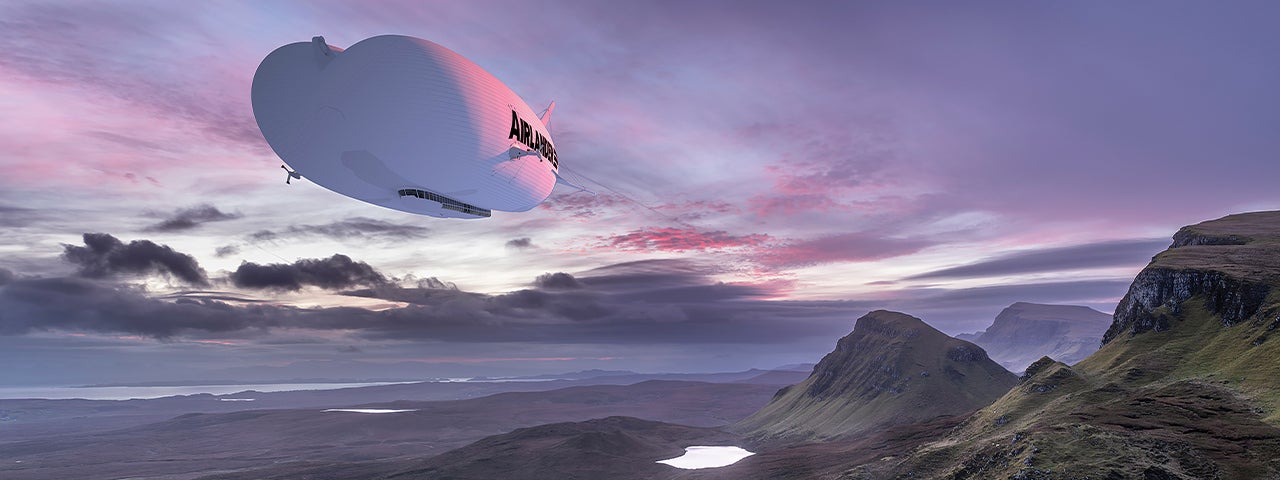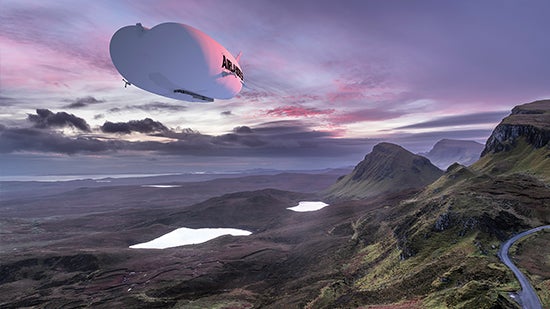Five flying futures
What does the future hold for flight?
1: Flying solo
When you want to take to the skies but an entire plane is a bit too much, modern lightweight materials and powerful motors offer plenty of flexible, fast or simply fun options for individual flight. Jetpacks have left science fiction behind and examples like the Martin Aircraft Company’s Dolphin are already being used by firefighters in Dubai to reach great heights quickly, while one-person vehicles like the Jetson Aero offer adventurous travellers an agile scooter for the skies.
2: Going hypersonic
Cutting-edge hypersonic aircraft travel at five times the speed of sound or more, promising the perfect solution if you and your luggage need to be on the other side of the planet fast. Atlanta-based start-up Hermeus is already drawing up plans for the Halcyon, a passenger jet that can get 20 passengers from New York to London in just 90 minutes (making Concorde’s time of three hours look positively pedestrian by comparison), and it hopes to start test flights in 2029.
3: Autopilot 2.0
Artificial intelligence (AI) is a fact of life these days, so could it be coming soon to a cockpit near you too? The United States Air Force is already experimenting with AI-controlled fighter jets that can react faster or with greater precision than a human ever could, so the same technology being used for less dramatic passenger or cargo flights isn’t hard to imagine at all. You’ll never get held up because a pilot is stuck in traffic again!
4: Wings and whispers
We all prefer it when the neighbours are quiet, which goes double for airports because accidentally breaking every window for miles with a sonic boom tends to be unpopular. NASA is testing Lockheed Martin’s X-59 QueSST (Quiet SuperSonic Technology), which promises supersonic travel at a mere thousandth of the current volume. Putting airports in the middle of cities could make journeys much more convenient, so let’s (quietly) applaud their efforts…
5: Step on the gas
Airships are poised to make a somewhat unexpected but interesting comeback. Able to stay in the air for a long time without much fuel and not needing runways to land, they offer a surprisingly sustainable way to travel long distances and their natural stability sets them up well for passenger comfort. OceanSky Cruises hopes to launch its first expedition over the North Pole by 2026, for example, so this novel way to take a relaxing cruise could put a whole new spin on the luxury aviation experience.

 What does the future hold for flight?
What does the future hold for flight?

